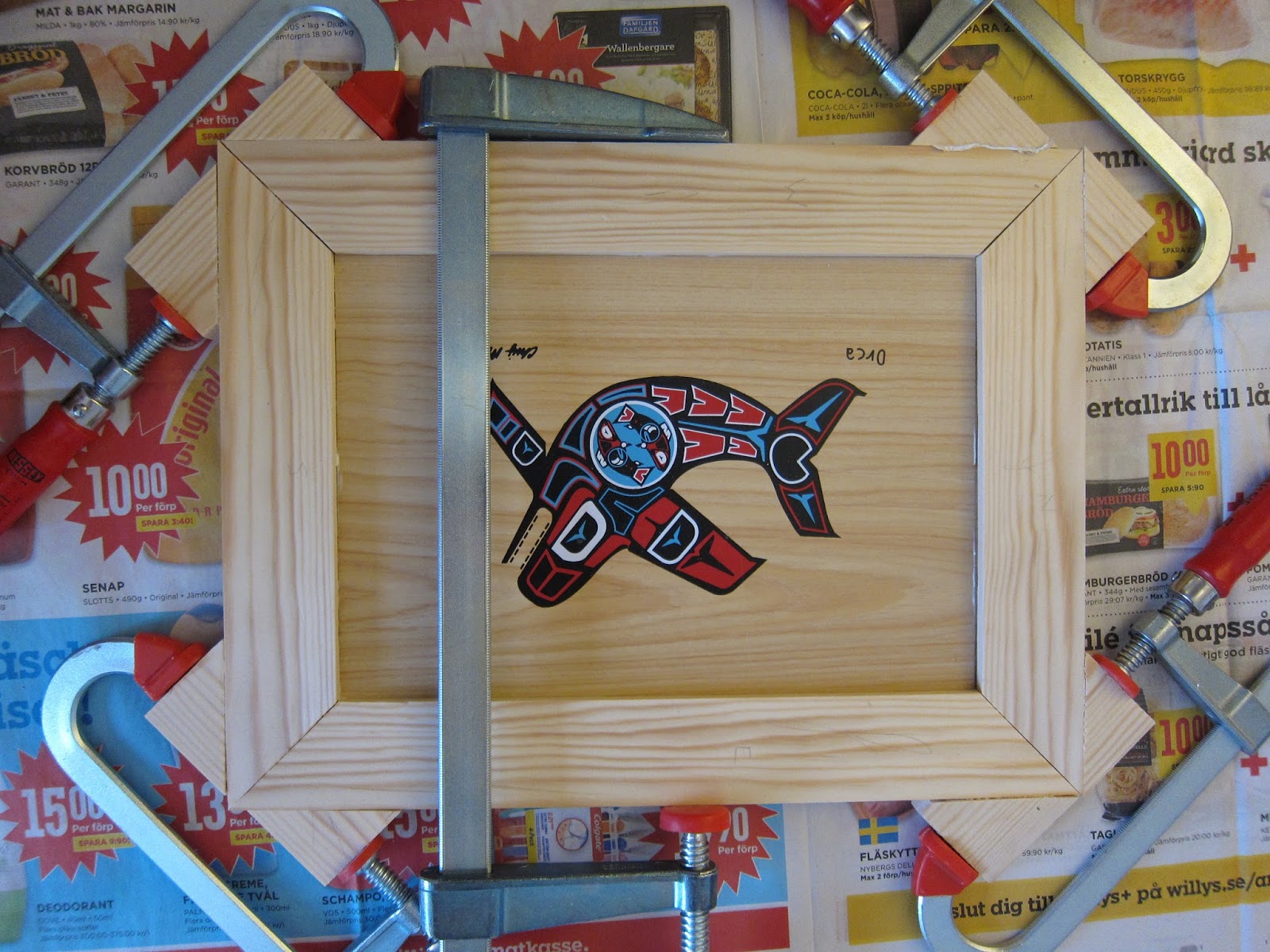If I am going to make all 18 drawers, I had better make sure that they will all fit. I'm making them individually, so that each drawer will fit a specific slot, so I figured I should nail the dividers in place so that the cubbies have a defined size.
I predrilled all the holes, using this little hand drill I bought at an outdoor flea market in Brussels for my daughter. It's made in Germany and came with three small bits in a cavity in the handle.
Despite my preparations, one of the shelves still split. This is kind of discouraging, compounded by the fact that I found an offcut of 8mm plywood in the dumpster of the lumber yard the other day, almost perfectly sized for this purpose. I'm of half a mind to rip out these mdf dividers and fabricate new ones from the plywood. I've only made 1/3 of the drawers and could probably get them all to fit in new dividers. Hmm.
As per the instructions in the article, I've made a couple of layout aids to mark the location of the dividers on the case work, and the location of holes for the drawer pulls. Smart little jigs I'm glad I took the time to make up.






















































